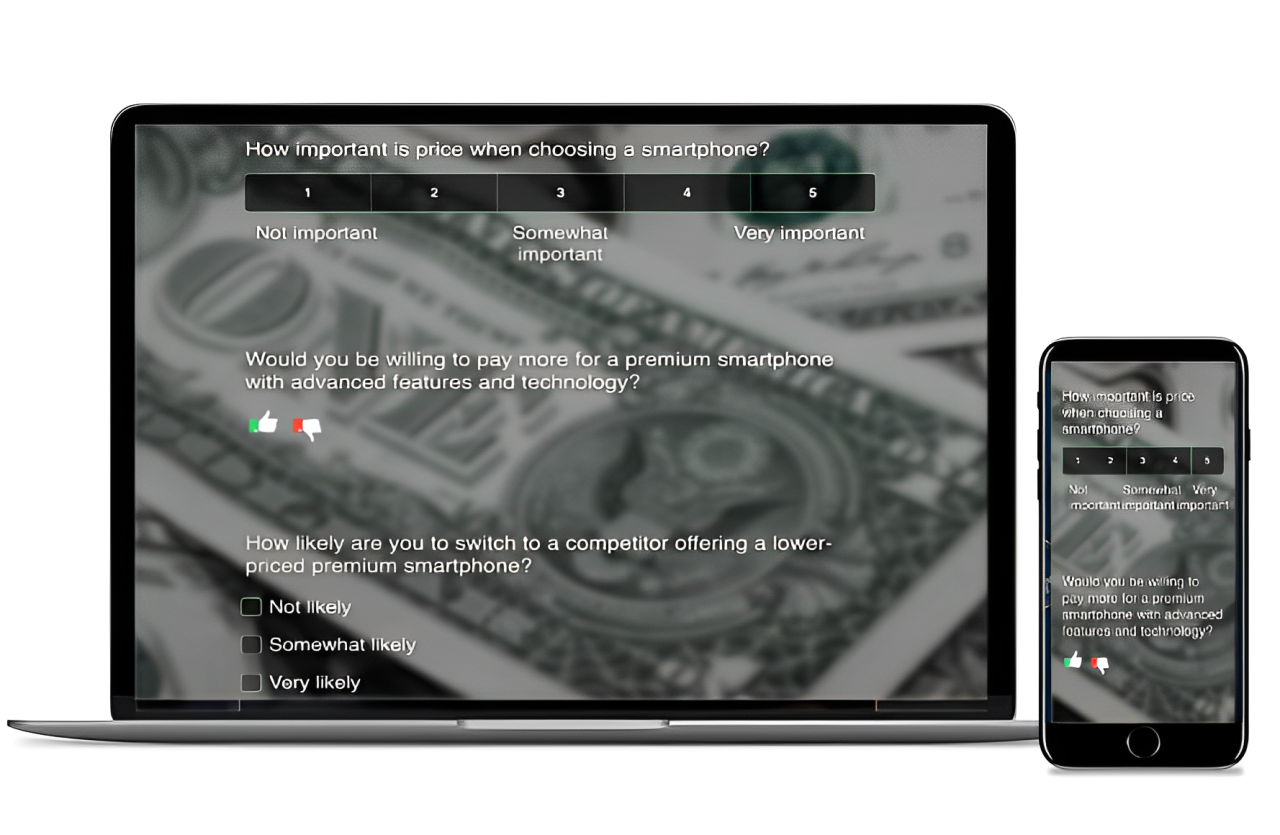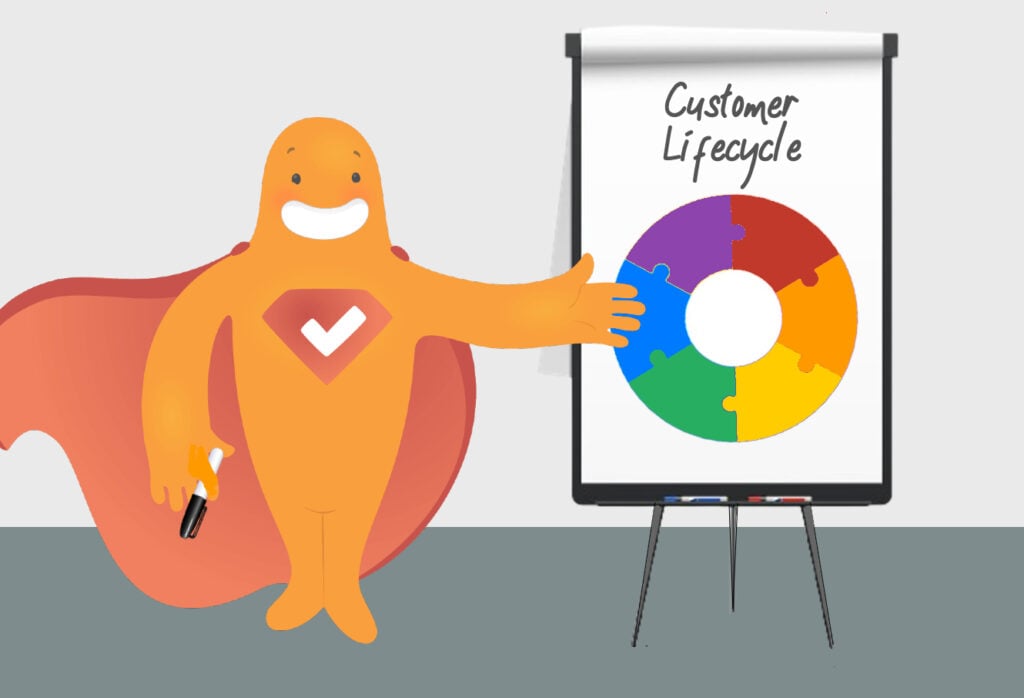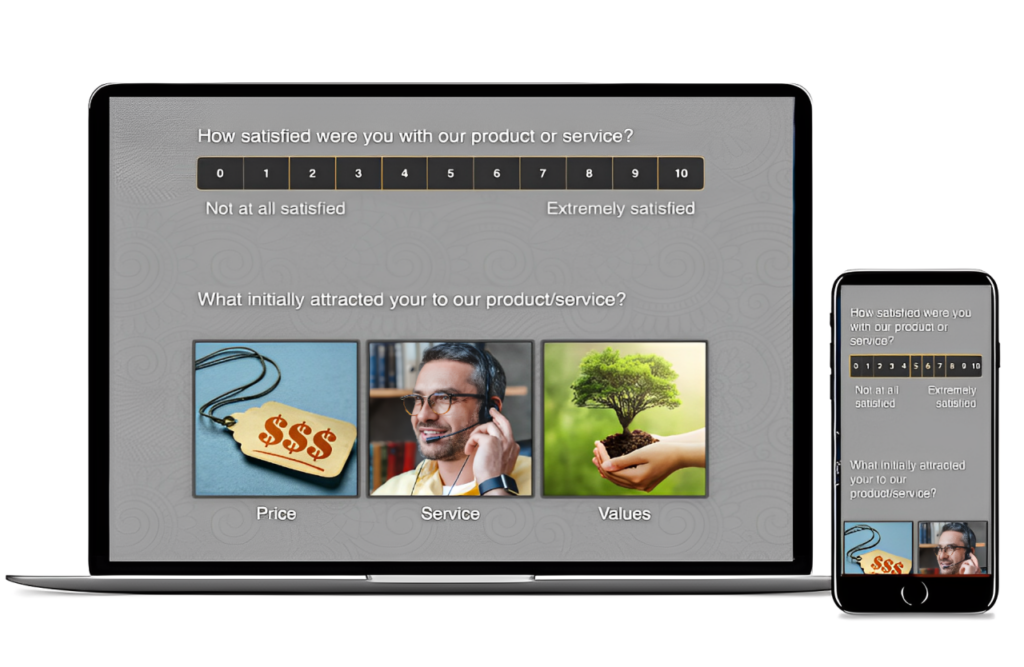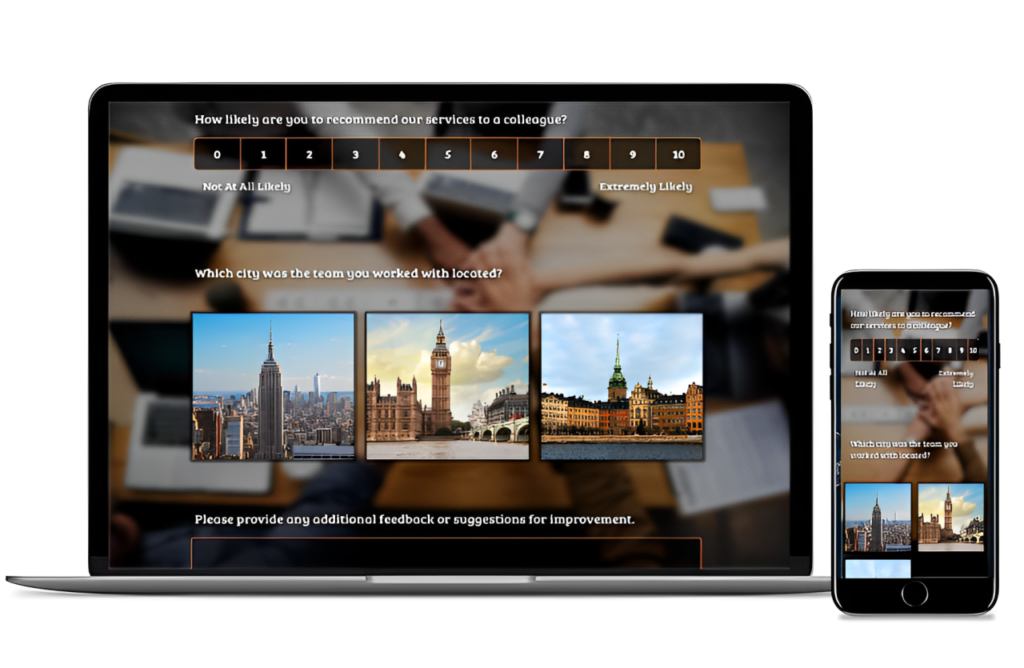“The greatest wealth is to live content with little.” – Plato
“You get what you pay for.” – Gabriel Bell
“Price is what you pay, value is what you get.” – Warren Buffet
“Love don’t cost a thing.” – J-Lo
From the great philosophers to… well, Jennifer Lopez, there are all all sorts of quotes about pricing. Why? Because we are living in a material world (there’s another one). Pricing, of course, is important to companies because it directly impacts revenue generation and profitability, influencing consumer perception of value and competitiveness in the market. To determine what people will pay, however, is trickier, which is why many rely on pricing surveys.
Create Your FREE Pricing Survey Now!
What is a Pricing Survey?
A pricing survey is a type of market research survey used by businesses to gather insights into how consumers perceive and respond to different pricing strategies, products, or services. It typically involves presenting participants with various pricing scenarios or options and asking them to provide feedback or make choices based on their preferences, perceptions of value, and willingness to pay.
The data collected from such surveys helps companies refine their pricing strategies, set competitive prices, and better understand consumer behavior in the market. This type of consumer research can be conducted using various types of surveys, including online surveys, phone interviews, in-person interviews, and so on.
Of course, relying solely on pricing surveys without considering other factors such as cost structure, competitor behavior, and broader market trends may limit the effectiveness of pricing strategies. Therefore, while pricing surveys can be a valuable tool, they should be used as part of a broader approach to pricing strategy development, which could include branding surveys, customer experience surveys, and more.
7 Benefits of Pricing Surveys
Pricing surveys are important for several reasons and have a number of benefits to businesses.
1. Understanding Customer Preferences
Pricing surveys help businesses understand what price points customers are willing to pay for their products or services. By gauging customer preferences and price sensitivity, businesses can tailor their pricing strategies to maximize sales and profitability.
2. Conducting Competitive Analysis
Businesses can use pricing surveys to gather intelligence on competitors’ pricing strategies and positioning in the market. By comparing their own prices to those of competitors, businesses can identify opportunities for differentiation and adjust their pricing strategies accordingly. Surveys can also be used to see what consumers think of competitor pricing versus other products or services being sold.
3. Optimizing Pricing Strategies
Pricing surveys provide data that businesses can use to optimize their pricing strategies. By analyzing customer feedback and market trends, businesses can determine the most effective pricing strategies to achieve their objectives, whether it’s maximizing revenue, market share, or profitability.
4. Informing Product Development
A product or its features are only worth what people are willing to pay for it. With pricing surveys, companies can gather insights into the perceived value of products or features at different price points. Businesses can use this information to prioritize product features and investments that offer the greatest value to customers or whether to even move forward with the product development.
5. Forecasting Demand
By analyzing how changes in pricing impact customer behavior, pricing surveys can help businesses forecast demand. Businesses can test different price points and measure customer response to better predict sales volumes and revenue potential. This way, they won’t find themselves short on product or left with excess inventory.
6. Identifying Growth Opportunities
Pricing surveys can uncover untapped market segments or opportunities for expansion by identifying areas where customers are willing to pay higher prices. Surveys can also help identify if competitors are under- or overpricing their products or services which can present opportunity.
7. Ensuring Price Consistency
For businesses operating across multiple geographies or channels (online, retail, wholesale, etc), pricing surveys help ensure price consistency and alignment with overall pricing strategies. By monitoring prices, discrepancies can be spotted and corrective action can be taken to maintain consistency.
Create Your FREE Pricing Survey Now!
7 Times to Use a Pricing Survey
A pricing survey can be beneficial in several scenarios, depending on the goals and objectives of a business. Here are some situations where using a pricing survey would be particularly useful.
1. Entering or Expanding Into a Market
When entering a new market or expanding into new territories, conducting a pricing survey helps understand the prevailing price points and competitive landscape. This information can guide businesses in setting competitive prices that attract customers while ensuring profitability.
2. Launching a Product or Service
Before launching a new product or service, conducting a pricing survey helps gauge customer willingness to pay and assess the viability of different pricing strategies. It can also provide insights into how customers perceive the value of the offering compared to alternatives in the market. Read our blog on the product life cycle, from launch to discontinuation.
3. Analyzing the Competition
Businesses can use pricing surveys to gather intelligence on competitors’ pricing strategies, promotions, and discounts. Understanding how competitors price their products or services can inform decisions on pricing adjustments, differentiation strategies, and positioning in the market.
4. Optimizing Pricing
Regularly conducting pricing surveys allows businesses to monitor changes in market dynamics, customer preferences, and competitor pricing strategies. This ongoing analysis enables businesses to optimize pricing strategies to maximize revenue, profitability, or market share.
5. Segmenting Markets or Customers
Pricing surveys can help identify different market or customer segments within a market and understand their price sensitivity. Businesses can then tailor pricing strategies to different segments based on their willingness to pay, purchasing behavior, and perceived value. For example, a luxury brand like BMW may choose to put out a lower-tier version of their vehicle to attract aspirational consumers. Read our blog on different types of market segmentation.
6. Pricing for Seasons and Promotions
Pricing surveys can provide insights into how seasonal factors, market trends, or promotional activities impact customer buying behavior and pricing dynamics. Businesses can use this information to develop targeted promotions and pricing strategies to capitalize on these trends.
7. Rebranding
When a company rebrands, it may be time to re-evaluate pricing strategies. Whether a company is doing a proactive rebrand (usually after recognizing that there is an opportunity to grow, innovate, reconnect with purchasers, create a new niche, or tap into new businesses or customers) or a reactive rebrand (usually done in a situation when the existing brand has been discontinued or changed), it may be necessary to adjust pricing upwards or downwards. Read our blog on rebranding and mistakes to avoid.
Pricing Survey Questions
When conducting a pricing survey, it’s important to ask pricing survey questions that provide insights into various aspects of pricing, customer preferences, and market dynamics. After asking about demographic information (age, gender, income, location, and so on), here are some key questions to ask on a pricing survey.
Product/Service Awareness and Usage
- Have you heard of our brand?
- Have you purchased our brand before?
- Have you purchased a brand like ours before?
Price Sensitivity
- How important is price when making a purchasing decision for this type of product or service?
- Would you be willing to pay more for higher quality?
- How likely are you to switch to a competitor offering a lower price?
Value Perception
- How do you perceive the value of this product or service compared to its price?
- What factors influence your perception of value when considering making this purchase?
- What would improve the value of this product or service for you?
Competitive Analysis
- How familiar are you with the prices of similar products/services offered by competitors?
- How do the prices of this compare to those of competitors?
- How do the features of this compare to those of competitors?
Pricing Strategies
- How do you prefer to pay for this product or service? (e.g., one-time payment, subscription, installment plans)?
- Are you more likely to purchase if discounts or promotions are offered?
- Would you purchase this for yourself or as a gift to someone else?
Purchase Intent
- How likely are you to purchase this at its current price point?
- Would you consider a purchase if the price point was lower?
- What price would you consider this to be a good deal?
Channels and Preferences
- Where do you prefer to purchase a product or service like this (e.g., online, retail store)?
- Are you more inclined to make this purchase from a specific retailer or platform?
- Would any of the following influence your purchase decision? (e.g., shipping time, free shipping, etc.)
Additional Feedback
- Are there any features or improvements you would like to see that would justify a higher price?
These types of questions to ask on a pricing survey can help you gather insights into customer perceptions, preferences, and behaviors related to pricing. This will help you make informed decisions about pricing strategies, promotions, and market positioning. Of course, remember to keep the survey concise and easy to understand to encourage participation and get accurate responses.
Create Your FREE Pricing Survey Now!
Pricing Survey Example
Here’s a look at a pricing survey example created using the powerful online survey tool SurveyLegend. You’ll see there are a variety of types of survey questions used (multiple choice, scales, image selection, open-ended) to engage the participant, keep them on their toes, and collect both qualitative and quantitative data.
This survey is live, so go ahead and give it a try!
Conclusion
Pricing surveys play an important role in helping businesses make informed decisions about pricing strategies, product development, and competitive positioning in the market. By gathering data on customer preferences, competitor pricing, and market trends, businesses can develop pricing strategies that effectively drive sales and maximize profitability.
However, the effectiveness of a pricing survey depends on various factors, such as the survey design, the quality of the questions asked, the target audience, and how the data is analyzed and interpreted. If a pricing survey is poorly designed, lacks relevance, or fails to capture accurate insights, it may not provide meaningful results. That’s why we hope you’ll consider SurveyLegend!
SurveyLegend is one of the top online survey platforms in the world, offering beautiful surveys that allow you to ask a variety of types of questions and add survey images. Our surveys can include survey logic (skipping questions or redirecting based on participant answers) and render wonderfully on any device. We also supply robust analytics in real-time so you can begin to review the results immediately.
So let’s end on another quote:
“The best things in life are free.” – Coco Chanel
And guess what? You can start with SurveyLegend today for free!
How important is pricing to you when purchasing a product or service? Have you ever sent or received a pricing survey? Think SurveyLegend is a great survey tool? Let us know in the comments!
Create Your FREE Pricing Survey Now!
Frequently Asked Questions
Companies use pricing surveys to gather insights into consumer preferences and perceptions, enabling them to adjust pricing strategies effectively and stay competitive in the market. Additionally, these surveys help companies understand the elasticity of demand, allowing them to optimize pricing to maximize revenue and profitability.
Pricing surveys can fail if they don’t accurately capture the diverse preferences and behaviors of target consumers, leading to skewed data and ineffective pricing strategies. Additionally, inadequate sample sizes or biased survey methodologies can result in misleading conclusions, undermining the reliability and usefulness of the survey findings.
The frequency of sending pricing surveys depends on the pace of market changes and the dynamics of consumer preferences. Generally, you should send pricing surveys quarterly or semi-annually to ensure that pricing strategies remain aligned with evolving market conditions and customer expectations.





